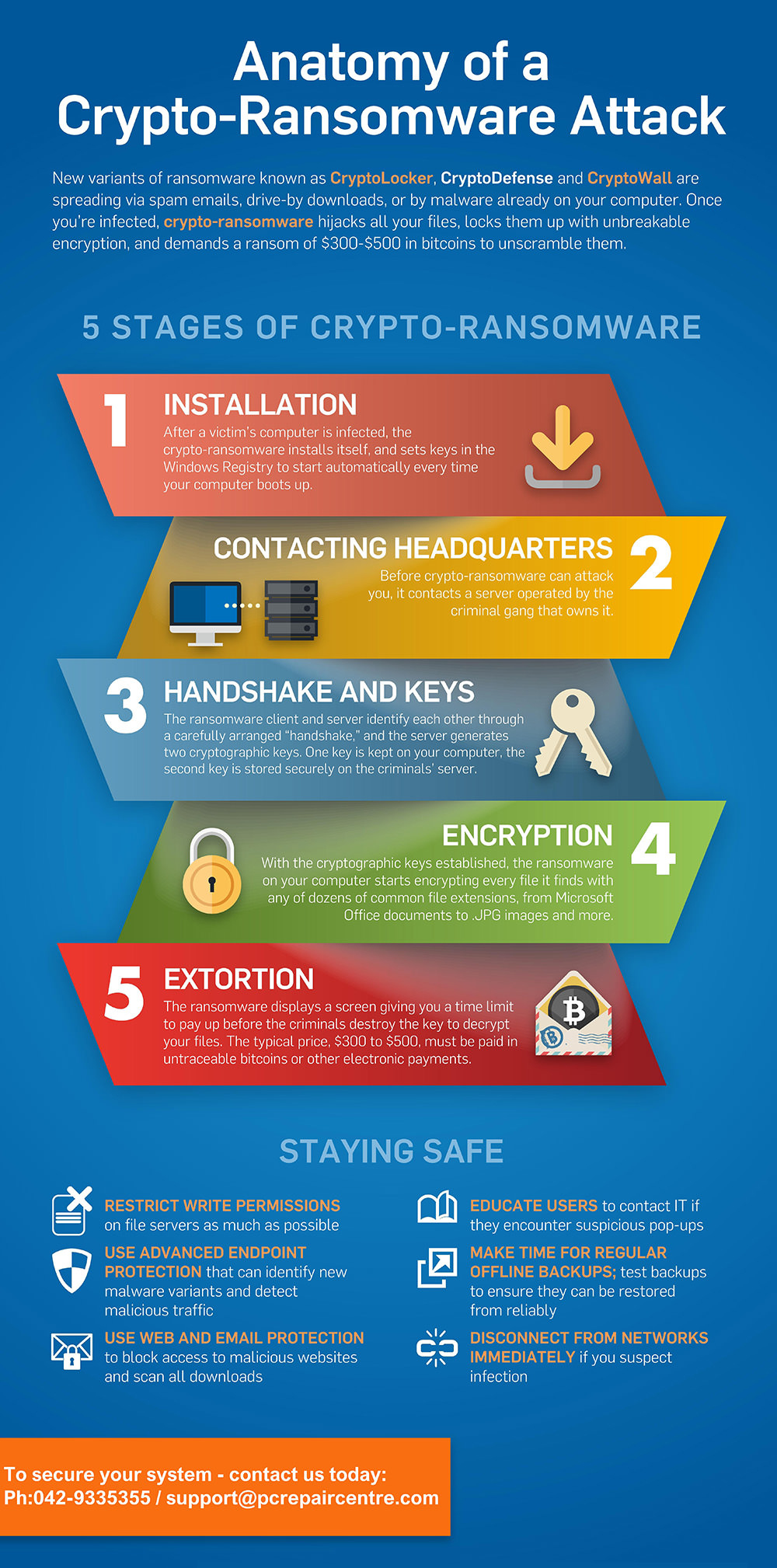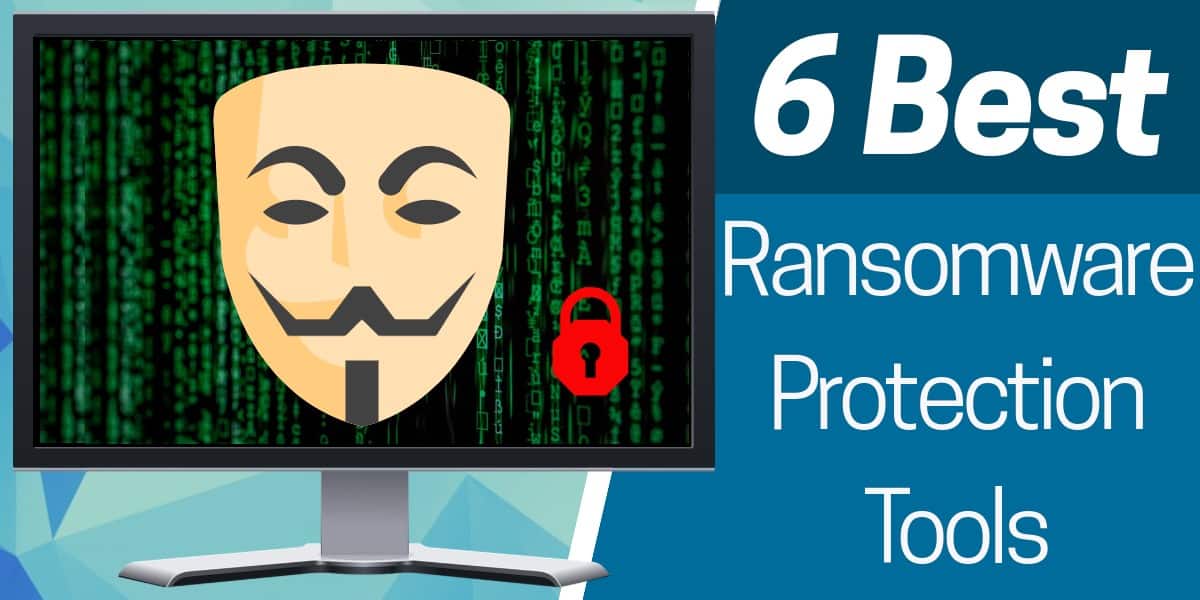

Not a Keeper customer yet? Sign up for a 14-day free trial now! Want to find out more about how Keeper can help your organization prevent security breaches? Reach out to our team today.Ransomware attacks are considered to be the most harmful malware attacks and one of the major security threats. Keeper takes only minutes to deploy, requires minimal ongoing management, and scales to meet the needs of any size organization.
Ransomwhere tool password#
Keeper’s zero-knowledge, enterprise-grade password security and encryption platform gives IT administrators complete visibility into employee password practices, enabling them to monitor and enforce password security policies organization-wide, including the use of strong, unique passwords and MFA. Require employees to use strong, unique passwords for all accounts, and deploy an enterprise password manager like Keeper.

Don’t Depend on Cyber Insurance to Cover All Your Losses This is because, according to Verizon, compromised credentials are the number-one cause of both data breaches and ransomware attacks. What controls are insurers looking for? In addition to advanced technical defenses such as continuously monitored SIEM systems and endpoint detection and response (EDR) tools, insurers expect organizations to have security basics in place, particularly those related to identity and access management (IAM).
Ransomwhere tool professional#
As one insurance professional told the Kansas City Business Journal, “probably 50% of the companies we deal with are getting scrutiny from their current insurance carrier because controls that were OK last year are not adequate this year.” government coming down on them, insurance underwriters are demanding that organizations take proactive security measures to protect themselves. With losses mounting, and the power of the U.S. government’s Financial Crimes Enforcement Network (FinCEN) reiterated this point, sternly advising finance companies and insurers that “FinCEN will not hesitate to take action against entities and individuals engaged in money transmission or other MSB activities if they fail to register with FinCEN or comply with their other AML obligations.” Expect Greater Scrutiny from Cyber Insurance Underwriters Treasury has already warned organizations that facilitating ransomware payments could be illegal under anti money-laundering (AML) statutes. In addition to financial risks, insurers are skittish about getting on the U.S. Moving forward, organizations can expect that their cyber policies will cover only a fixed amount per incident – and victims will be made to shoulder more of the risks, especially when it comes to ransom payments. Insurers are coming down especially hard on industry verticals that are high-risk for ransomware attacks, including education, healthcare, manufacturing, and the public sector. When organizations looked to renew their cyber insurance policies this year, they ran into some very unpleasant surprises, including premiums as much as 300% higher, “sub-limits” and co-insurance provisions on ransomware incidents, and far more scrutiny from underwriters. Cyber Insurers Are Passing on Ransomware Losses to Customers They’re getting more complex and costly – and cyber insurers have had it with writing eye-popping checks for ransomware losses, particularly if it turns out that the victimized company didn’t have basic proactive cybersecurity measures in place. Ransomware attacks aren’t just happening more often. It’s now estimated that every 14 seconds, a business falls victim to a ransomware attack. The year 2021 had the dubious distinction of being the most prolific for ransomware on record, and the onslaught didn’t stop in 2022.


 0 kommentar(er)
0 kommentar(er)
